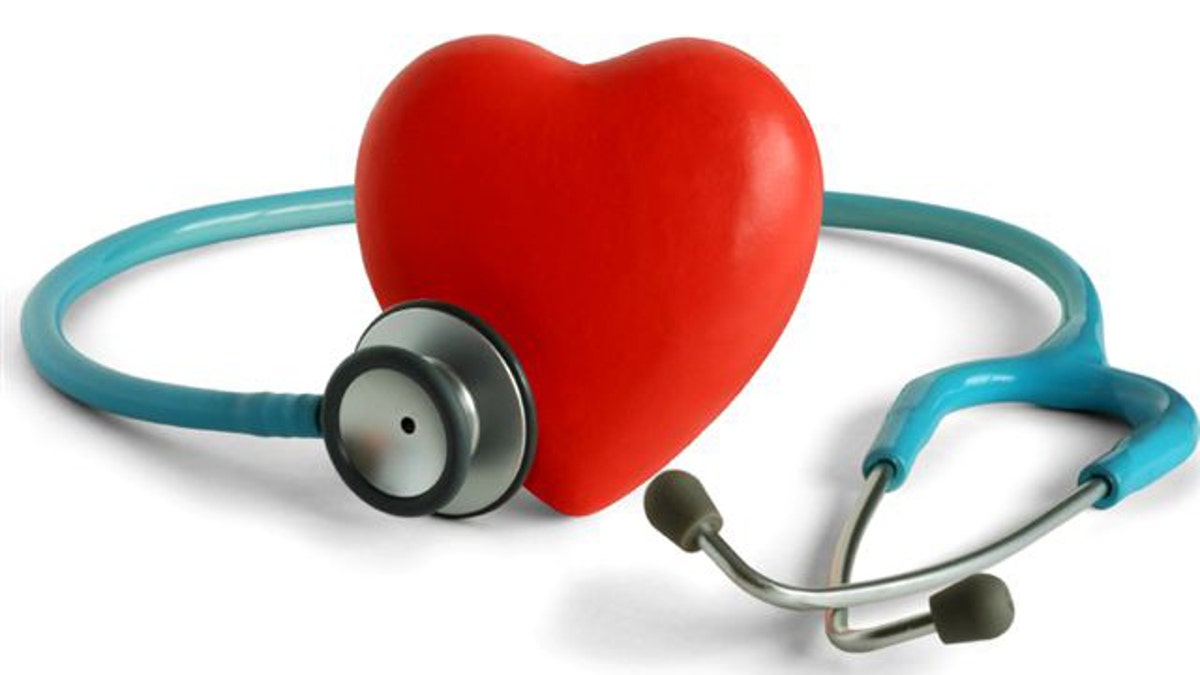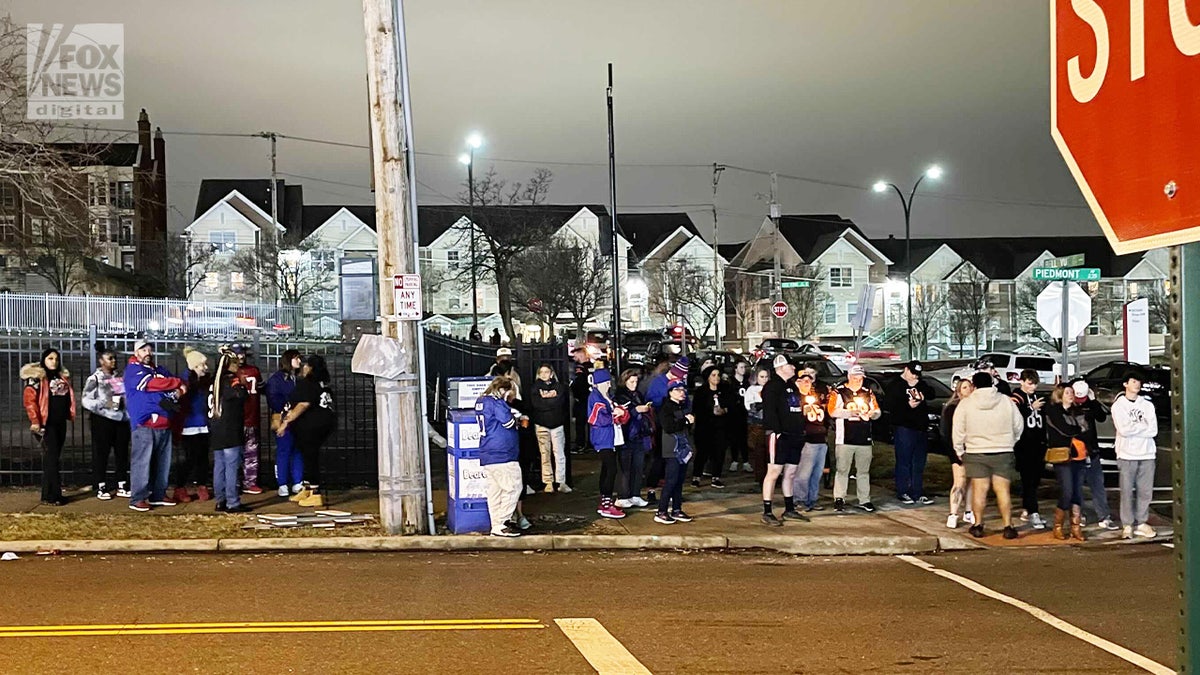Saints, Pelicans donate life-saving equipment in wake of Damar Hamlin's on-field collapse
New Orleans Saints owner Gayle Benson addresses response efforts after Damar Hamlin's cardiac arrest prompts donations to local sports on 'Fox News Live.'
In the final week of the regular season of National Football League play, millions of Americans were relieved to learn that Buffalo Bills safety Damar Hamlin, 24, continues to make progress in his recovery at the University of Cincinnati Medical Center.
He is said to be breathing on his own, with "excellent" neurological function, the Bills said in a statement on Twitter on Saturday.
The star safety this past Monday night collapsed on the football field after what appeared to be a routine tackle during the first quarter of the game against the Cincinnati Bengals as millions watched in dismay on national television.
DAMAR HAMLIN'S RECOVERY SHOWS 'WE'RE SEEING GOD ANSWER PRAYER IN REAL TIME'
The medical staff on the field performed life-saving resuscitative measures, including cardiopulmonary resuscitation (CPR) with the use of an automated external defibrillator, or AED.
"Damar Hamlin suffered a cardiac arrest following a hit in our game versus the Bengals," the Buffalo Bills said in a statement on Tuesday.

Damar Hamlin, #3 of the Buffalo Bills, stands near the sidelines during introductions prior to an NFL football game against the Cincinnati Bengals at Paycor Stadium on Jan. 2, 2023, in Cincinnati, Ohio. (Kevin Sabitus/Getty Images)
"His heartbeat was restored on the field, and he was transferred to the UC [University of Cincinnati] Medical Center for further testing and treatment."
Encouraging news came Friday night as his doctor said his breathing tube was removed and that he is neurologically intact.
"Every second counts when sudden cardiac arrest occurs, and it’s critical to know what to do in an emergency."
"Every second counts when sudden cardiac arrest occurs, and it’s critical to know what to do in an emergency," Dr. Nici Singletary, co-chair of the American Red Cross Scientific Advisory Council and professor in the department of emergency medicine at the University of Virginia, told Fox News Digital in an interview.

"Cardiac arrest occurs when the heart stops beating or beats too ineffectively to circulate blood to the brain and other vital organs." (iStock)
Here's a further dive into the medical issues surrounding what happened — and what to do in an emergency scenario.
What is cardiac arrest?
"Cardiac arrest occurs when the heart stops beating or beats too ineffectively to circulate blood to the brain and other vital organs," Singletary added.
"It frequently happens suddenly and without any warning signs or symptoms."
HOSPITAL PRAISES BILLS MEDICAL STAFF FOR ‘TEXTBOOK EXECUTION’ IN TENDING TO DAMAR HAMLIN
A heart attack occurs, she said, when the cells in the part of the heart muscle are not receiving the oxygen and nutrients they need.
There are many medical and trauma emergencies that can cause a cardiac arrest, including a heart attack.
The cells become damaged and can die, which causes the heart to not pump normally — and in some situations, the heart can stop pumping completely.
There are many medical and trauma emergencies that can cause cardiac arrest, including a heart attack.
If people out in public witness a cardiac arrest, Dr. Matthew Silvis, a sports medicine physician at Penn State Health in Pennsylvania, said it's key to remember two important points,
"First, [there must be] quick recognition," he said. "If you don't consider cardiac arrest as a cause for collapse, you will miss an opportunity to intervene quickly."

Stefon Diggs, #14 of the Buffalo Bills, reacts after teammate Damar Hamlin #3 was injured against the Cincinnati Bengals during the first quarter at Paycor Stadium on Jan. 2, 2023, in Cincinnati, Ohio. (Dylan Buell/Getty Images)
He added, "We are trained in the medical profession when someone collapses to consider right away if there's a pulse or whether the person is breathing."
"Second, it is really important to prepare in advance for life-threatening emergencies," he said.
"Ideally you should have an emergency action plan in place and rehearsed," Silvis added.
Cardiac arrest is not the same as a heart attack.
Cardiac arrest is not the same as a heart attack, the Centers for Disease Control and Prevention (CDC) notes.
RETIRED NURSE SAVES BABY WHO STOPPED BREATHING ON FLIGHT TO ORLANDO
"A heart attack happens when blood flow to the heart is blocked. A person having a heart attack is still talking and breathing," the CDC says. "This person does not need CPR — but they do need to get to the hospital right away. Heart attack increases the risk for going into cardiac arrest."
What is CPR?
CPR is a technique designed to resuscitate someone after the heart stops beating, according to the American Red Cross.
"If you see someone collapse and you don’t know CPR, call or have someone else call 911, start hands-only CPR and use an AED if one is available," Singletary told Fox News Digital.
"Although a small percentage of people are up-to-date with CPR certification, most people (>50%) have had some training in their lifetime," Dr. Baljinder S. Sidhu of California told Fox News Digital.

A large crowd gathered outside the hospital where Buffalo Bills safety Damar Hamlin was rushed after he collapsed on the field this past Monday night and required CPR. Fans gathered to say prayers and hold a vigil. (Fox News Digital/Andrew Mark Miller)
"In the event of witnessing a cardiac arrest, doing [hands-only] CPR can still double the chances of survival in most people," added Sidhu, a pulmonologist and sleep specialist and also the co-owner of Pacific Coast Critical Care Group in Southern California.
A bystander can do hands-only CPR without any training, he said.
"Most people who experience cardiac arrest at home, at work or in a public location die because they don't receive immediate CPR from someone on the scene," the American Heart Association noted on its YouTube channel.
GRANT WAHL'S SUDDEN DEATH FROM AORTIC ANEURYSM: WHAT TO KNOW ABOUT THE CONDITION
"If you see a teen or adult suddenly collapse, call 911 and push hard and fast in the center of the chest to the beat of any tune that is 100 to 120 beats per minute, such as the classic disco song ‘Stayin' Alive,’" the association added.
CPR with compressions and breaths
Another form of CPR involves not only hand compressions but also giving breath — but this form requires more practice and training.
"The American Red Cross recommends lifesaving training for everyone," Singletary added.

"The American Red Cross recommends lifesaving training for everyone. Training takes only a few hours and can give you the skills and confidence to act in an emergency and help save a life." (iStock)
"Training takes only a few hours and can give you the skills and confidence to act in an emergency and help save a life."
Here are steps to know.
Step 1: First, check the scene to make sure it’s safe.
Step 2: If the person is not responding, check for a pulse. See if the person is breathing by shouting, tapping, and shouting the person's name.
THE WORST FOODS FOR HEART HEALTH, ACCORDING TO EXPERTS
Step 3: If the person is unresponsive and not breathing or is only gasping, call or direct someone to call 911. Also, have another person get an AED, ideally.
Step 4: Next, place the person on his or her back on a firm, flat surface, per the American Red Cross.
"CPR has changed over time. Chest compressions are really the focus now."
Step 5: Give 30 chest compressions by having two hands centered on the chest with shoulders directly over the hands while elbows are locked, per the American Red Cross website.
Try to compress at a depth of at least two inches at a rate of 100 to 120 compressions per minute, remembering to allow the chest to return to its normal position after each compression.
HEALTHY AGING AND DRINKING WATER: FASCINATING FINDINGS FROM A NEW STUDY
Step 6: After 30 compressions, give two breaths.
"Open the airway to a past-neutral position using the head-tilt/chin-lift technique," per the American Red Cross website. The organization also recommends making sure each breath lasts approximately one second, causes the chest to rise with each breath and allows air to exit before starting the next breath.
CLICK HERE TO SIGN UP FOR OUR HEALTH NEWSLETTER
Step 7: Continue repeated sets of 30 chest compressions and two breaths until medical professionals arrive on the scene and can assume care, per the American Red Cross.
"CPR has changed over time," Silvis told Fox News Digital. "Chest compressions are really the focus now."
CLICK HERE TO GET THE FOX NEWS APP
In the past, it was taught that for every two breaths a person should administer 15 compressions, Silvis added.
"Now, the ratio is taught as two breaths for every 30 compressions," he noted. "This increases the emphasis on chest compressions and takes it away from breathing."






















